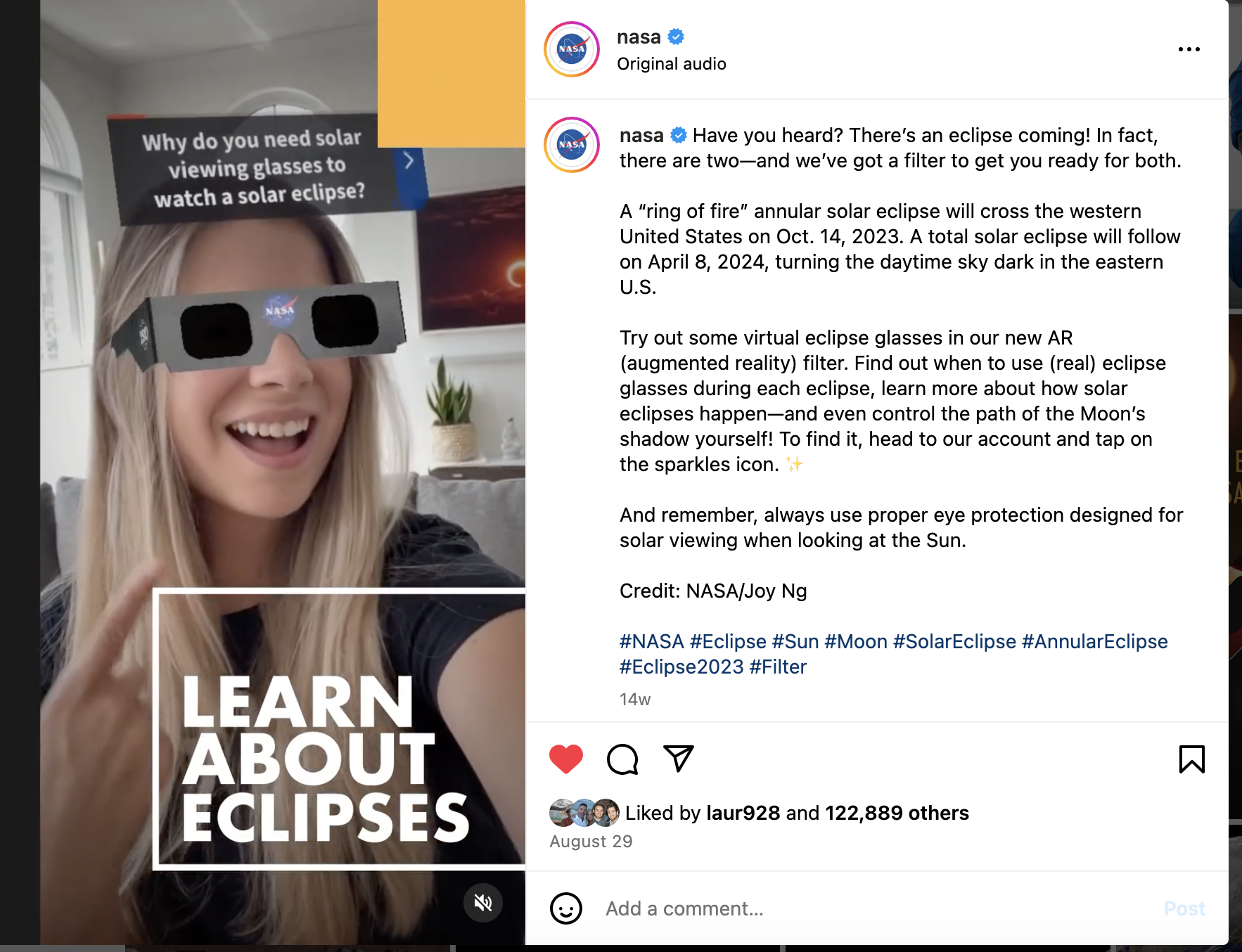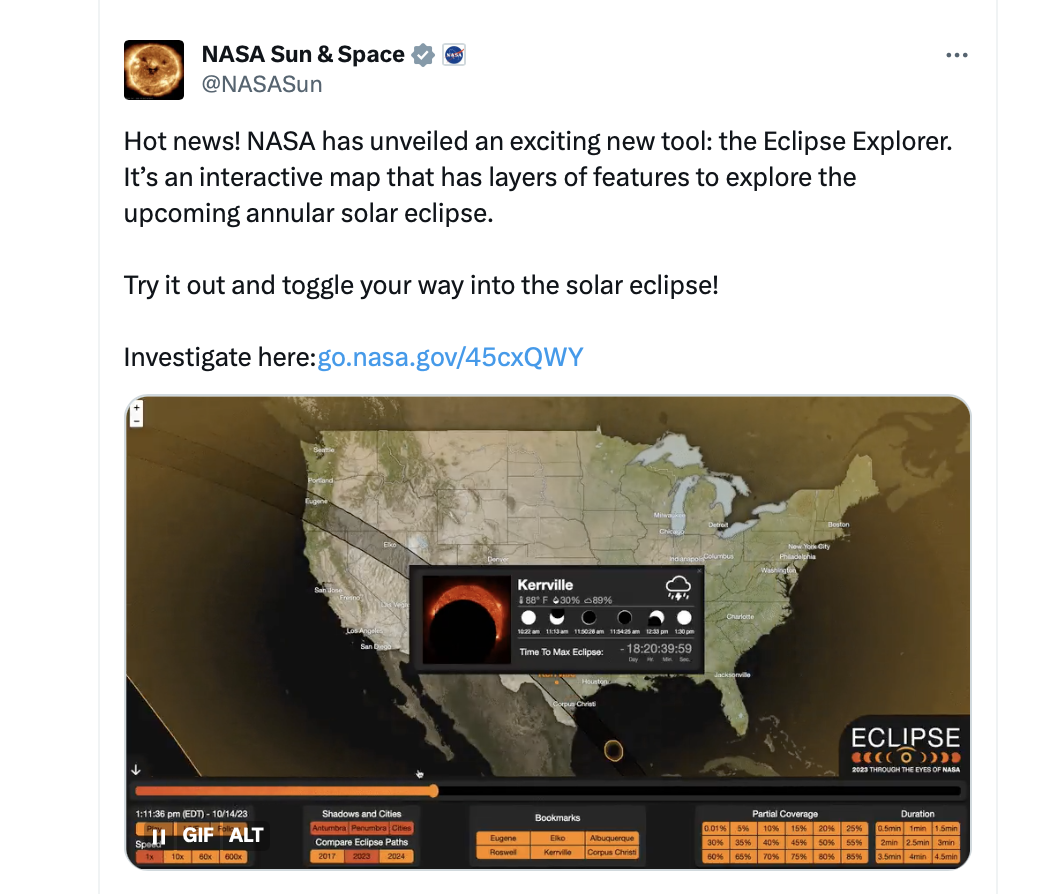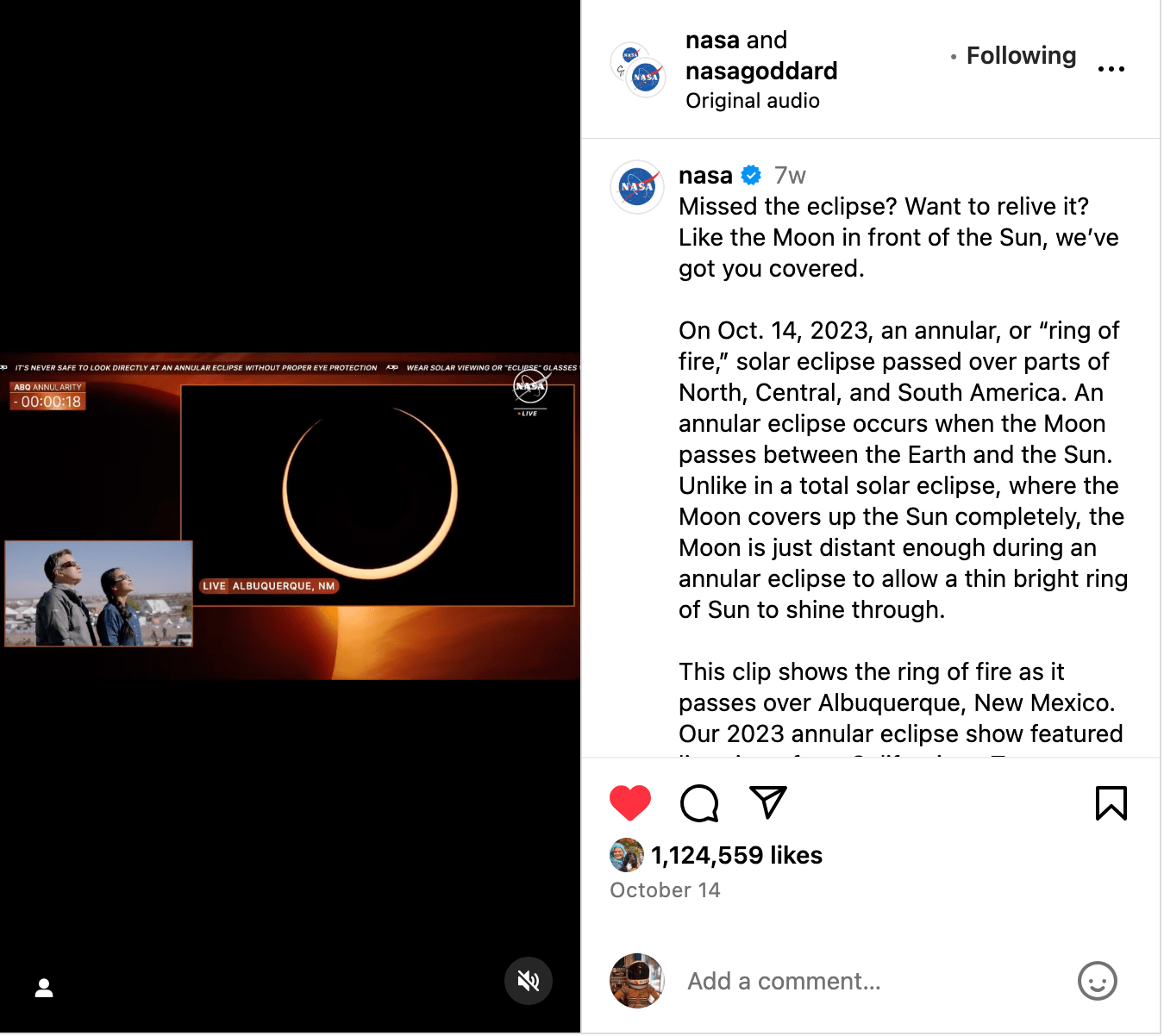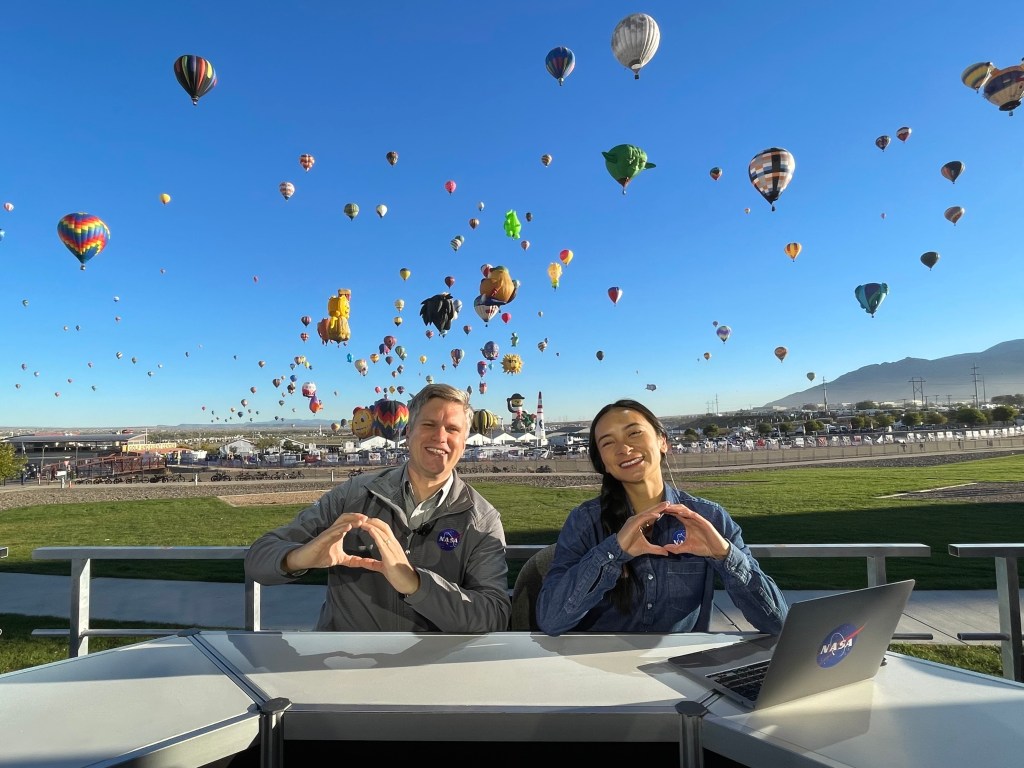
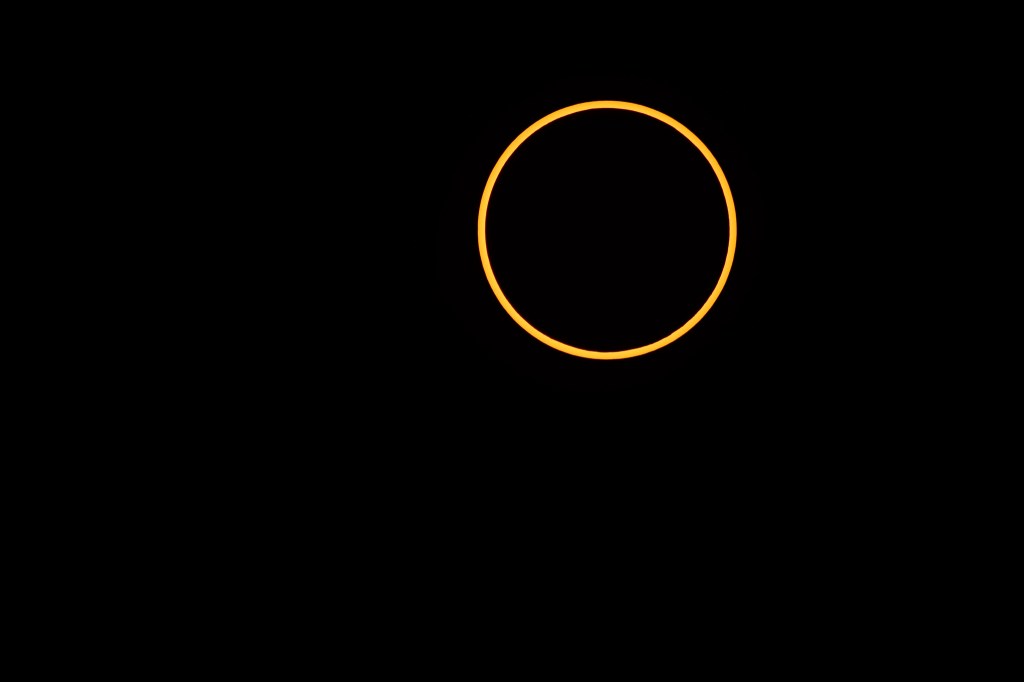
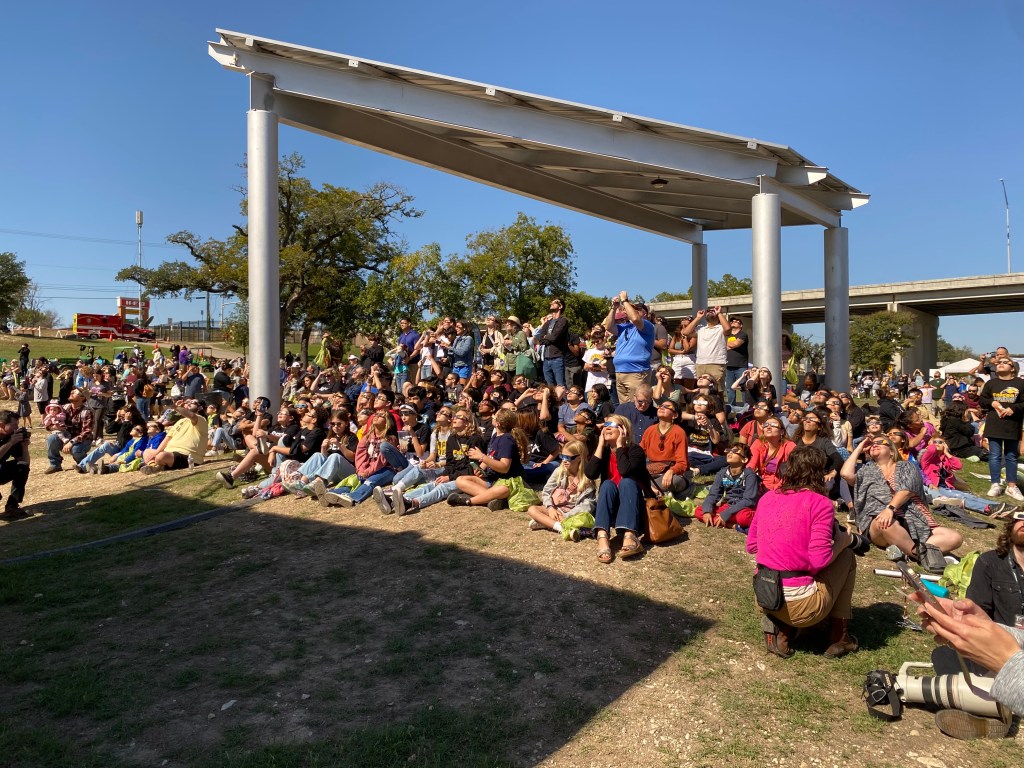
The Annular Solar Eclipse
NASA’s Live Broadcast & Associated Social Media Campaign
On Oct. 14, 2023, millions of Americans had the opportunity to witness a “ring of fire” eclipse – a rare celestial event in which the Moon passes in front of the Sun, leaving only a bright ring of sunlight peeking around its edge.
At NASA, our mission is to share the wonder and beauty of our universe with as wide an audience as possible, and there are few more powerful ways to experience the cosmos than witnessing an eclipse. With this campaign, we aimed to make sure everyone was able to safely watch the eclipse and experience this celestial moment that demonstrates our connection with the solar system.
To highlight this special moment, we developed a live broadcast of the event, as well as a social media campaign leading up to the eclipse.
PEAK Concurrent lIVESTREAm Views
547,797
Social Platforms
YouTube, Facebook, X, Twitch, Instagram
Total Livestream Views
11 million +
Social media Engagements
6 million +
The Ring of Fire: 2023 Annular Solar Eclipse
Although the complete “ring of fire” was only visible in specific locations in the western US, we were determined to share the experience with those far from its path. To this end, we developed “The Ring of Fire: 2023 Annular Solar Eclipse”: an all-encompassing live broadcast.
Broadcasting live from multiple platforms and featuring interviews with scientists, custom-made multimedia packages, real-time footage of the eclipse through solar telescopes, and even a rocket launch, our goal was to use the power of the internet to bring the typically location-specific experience of an eclipse to viewers all around the world.
Social Media Campaign
In the weeks and months leading up to the event, we executed a multi-pronged social media campaign designed to build hype for the event while also prioritizing messaging about how to view an eclipse safely.
From playful interactions between NASA accounts to partnerships with celebrities and other organizations, we spread the excitement with new eclipse-related interactive and Augmented Reality tools, fun activities for kids, and engaging informational videos. Several videos, GIFs, and reels were created for this campaign, but below are a few highlights.
Key Metrics
- #Eclipse trended on X in the top 20 on the morning of Oct. 14 and hit #1 in the United States while the livestream aired.
- Between Oct. 14 and 26, there were close to 300,000 mentions of the eclipse. 15,000 of these included “NASA.”
- The “Ring of Fire” livestream had a total peak concurrent viewership of 547,797 (487,577 on YouTube, 3,090 on X, 25,400 on Facebook, 23,960 on Twitch).
- During the month of October, NASA's posts including the words “ring of fire” gathered 2.3 million engagements across 71 posts.
Featured Posts
Ring of Fire Broadcast Trailer
A trailer sharing the upcoming broadcast created excitement for viewers.
Lance Bass Shares Safety Tips
NSYNC's Lance Bass worked with NASA to prepare people for how to safely watch the eclipse. In addition to NASA sharing across social accounts, Lance Bass also shared the video on his Instagram account.
Augmented Reality Filter
An augmented reality filter enabled Instagram users to try on eclipse glasses and even trace the path of the eclipse across the globe in their home.
Interactive Map
We promoted NASA's interactive map of the path of the eclipse primarily through our social media accounts and the live broadcast. This map received 4.1 million page views.
Post-Eclipse Instagram Reel
The Instagram reel showcasing the eclipse that same afternoon, for people who might have missed it, is the most-engaged eclipse post across NASA accounts with 1.2 million engagements and 22.8 million views.
Joining the Conversation
Over the weekend of the eclipse, there were over 126,000 social media mentions including the terms “annular eclipse,” “ring of fire,” and “solar eclipse.” Most of the biggest accounts joining the conversation were news outlets, such as The New York Times, Reuters, Fox News, The Wall Street Journal, The Washington Post, Forbes, TIME, ABC News, The Associated Press, and Huffington Post.
Additional accounts mentioning the eclipse that don’t usually cover this type of content included The Today Show, the U.S. Department of the Interior, ELLE Magazine, Discovery, Bloomberg, and Billboard.
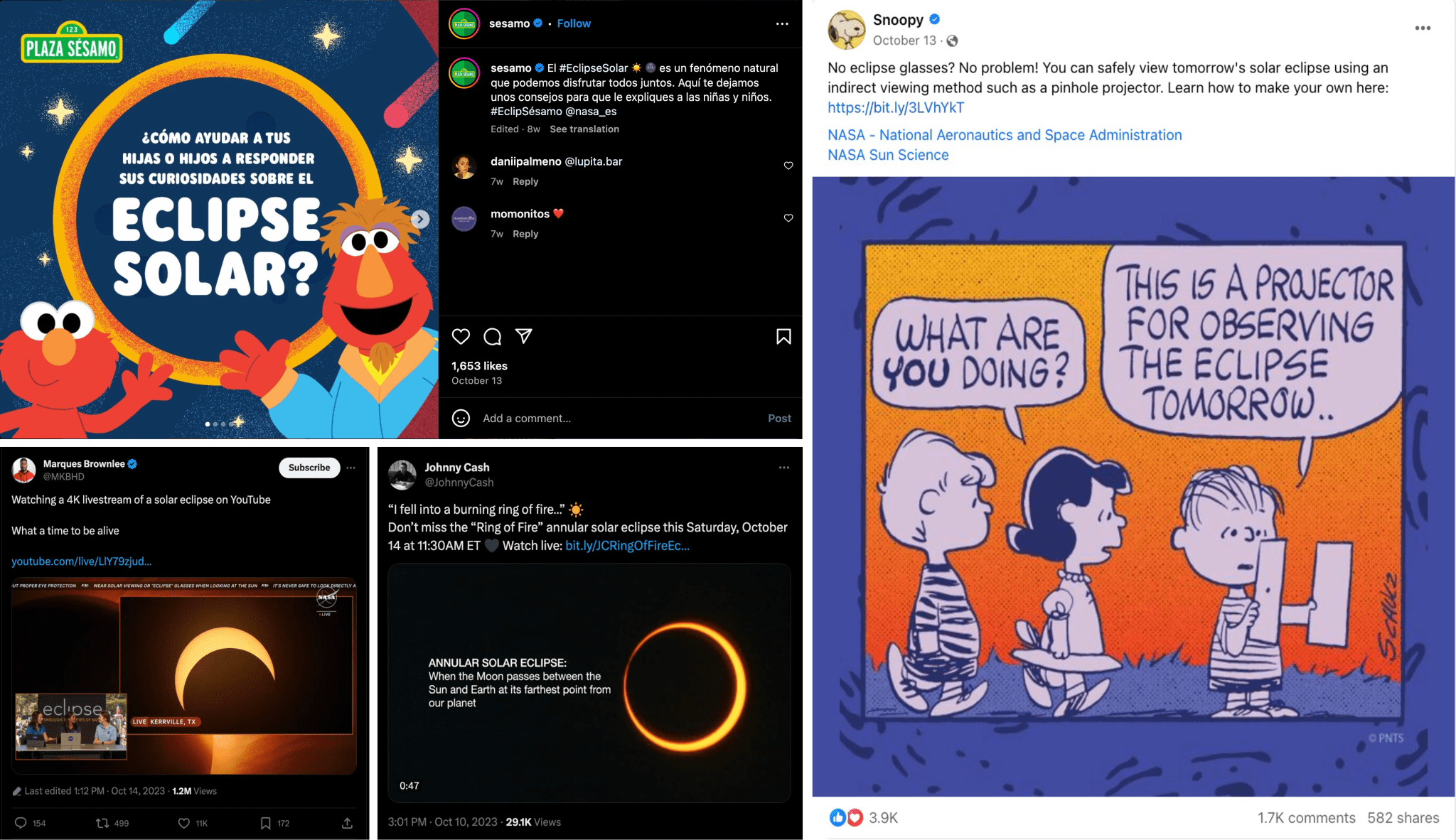
Plaza Sésamo – Sesame Street
Snoopy – Peanuts
Johnny Cash Estate – American Singer
Marques Brownlee – Ultimate Frisbee Player
Key Participating Accounts
Social media accounts across NASA shared information about the annular eclipse, but these were the main six accounts that were part of the campaign.
























